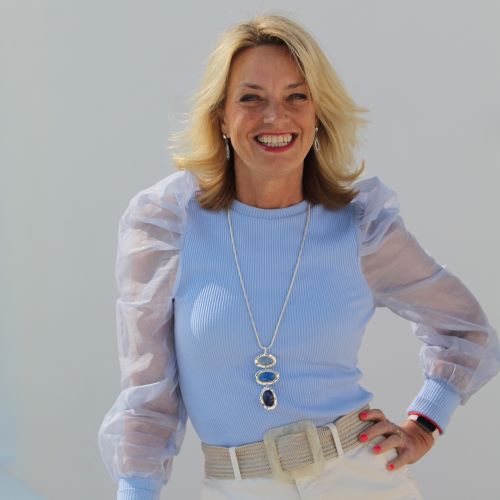Michael Warren Thomas
Episode 47: The Impact of Featuring Local Wines, with Michael Warren Thomas
In this episode, you will learn about how restaurants featuring local wine makes such a huge impact from Michael Warren Thomas.
Michael Warren Thomas owns Savor Life and products and hosts four radio shows focusing on gardening, wine, food, and travel. He started his first show, Naturally Green, in April 1994. He’s added several shows since then including For the Love of Food, a show all about food, wine, and restaurants; The Grapevine, a fine wine show; and Discover the Finger Lakes, about Finger Lakes destinations, events, and regional treasures. Michael oversees all aspects of the shows from production to advertising sales and promotion. The shows air on Saturday and Sunday mornings on WYSL1040 AM and 92.1 FM in Rochester, New York.
Michael and I partnered on a project in 2013 called New York Wine Spotting with the goal of getting more New York State wines into local restaurants. New York Wine Spotting is a bi-local movement encouraging Rochester restaurants to support the Finger Lakes wine region by adding more local wines to their menus. Restaurants are challenged to make Finger Lakes and New York State wines at least one-third of their wine list. The local wine loving public is encouraged to participate by becoming wine spotters. Checking restaurants wine lists for Finger Lakes wines, recognizing the restaurants that have them and asking restaurants that don’t to carry them. The local wine industry is encouraged to participate in much the same way consumers are, along with reaching out to the restaurants to introduce their wines through education and tastings.
More on Michael’s Background
Thank you for joining me Michael.
It’s a pleasure Nicole, I really appreciate it.
I’m really looking forward to our conversation and I love the New York Wine Spotting program. I’m looking forward to diving into that subject with you, but before we get started, can you share a little bit more about your background just to give our listeners some more context about who you and where you are on your journey?
I’m on my fourth or fifth career I think at this point. I actually studied economics and political science at the University of Rochester. I did economic research at the Center for Government and Research for three years, and then I started a landscape design business and sort of took a complete left turn in my career. I was focused on natural lawn care by reducing the need for pesticides and things. The education I was doing with continuing education classes, which I really enjoyed, was trying to expand that reach, and I ended up doing a radio show. In this case, it’s a little unusual. I buy the time from the station, which is not that uncommon, but usually, people buy the time from the station and promote their legal business, so they’re a doctor. They promote their business. In my case, I promote my sponsors. That makes it perhaps a little unusual model for marketing. I haven’t run into too many other radio shows like mine. I think I’ve finally found the perfect career for me.
Yeah, that’s really cool. What I like about your story is that you might have started in economics and did you say political science or research?
That’s right.
Then you made that left turn. What I really love about that is that you found your passion and followed it. It seems to me like your radio show model is you creating the career for yourself where you can just follow your passion and explore everything that you’re passionate about on a deeper level. Does that sound about right?
It is. Also, you never know what skills that you pick up along the way will help you. If I hadn’t worked for the Center of Government Research doing surveys and studies and things, I’m not sure I would have thought about rating restaurants based on the percentage of local wines. People say all the time you need to gain as many experiences and skills as you can. It’s hard to predict how they’re going to help you in the future, but they usually do in some form or another. That time at the Center for Government Research, I worked in an office eight hours a day and looked outside wishing I was outside. That’s one of the things that propelled me into gardening and that kind of business. Learning about gardening and horticulture helps me understand the wine industry, farms, the food, and agriculture at a much deeper level than most journalists would. Again, these skills constantly build on themselves and we don’t know when they’ll become relevant or crucial.
Yeah, I think that’s a really great point. I love how your background in research has driven you to think about how you can rate restaurants based on wines on their wine list.
Michael’s Wine List
Let’s start with that a little bit more. In the intro, I talked a little bit about New York Wine Spotting, but let’s even back up before New York Wine Spotting got started and talk about what it was that you had started on your own with that ranking list.
I’ve been complaining about it for years, as other people have, that there are not enough. No one has any Finger Lakes wines. Then it struck me really like a back of the envelope idea that we could measure this. It’s very hard to measure the amount of local foods on a menu because I guess you could measure if they mention it, but the wines are all there. It’s a very objective measurement of what they’re highlighting. We can’t measure volume sold, but we can measure what they’re promoting and what they have on this wine list. It seemed like a way if we used percentages that we wouldn’t penalize small restaurants because maybe they only have six wines on their wine list if it’s a very small place.
I don’t think they should be penalized if they carry the local wines but they don’t have very many of them. Working on a percentage basis has probably been just perfect. I originally set it up as mission Finger Lakes, mission FLX. And talking with you, I realized that we really should gear this to New York State and in the long run perhaps get some grants, some other support. It really is a New York State issue that is partly Finger Lakes, Hudson Valley, Long Island, Adirondack, Western New York, Niagara. Every part of New York State makes wine these days, so having it become New York Wine Spotting really helped to broaden the idea, and in the long run, it’s going to make it more successful.
Yeah, I agree. In your ranking, I know when we first met you had started with the Rochester market, what were some of the findings? I know had this, like you said you had been complaining about it for a while, but what were the hard facts one you really started to get out there?
I went to 130 restaurants, and I didn’t eat at any of them. I just went in and checked the wine list. I told them what I was doing, I got a few Don Quixote kind of looks like tilting windmills, which it still feels that way to some degree. I told them I was just collecting data on their wine lists. 130 restaurants, I went to some chains too by the way, which is a part of this story. The average by the class across these 130 restaurants was 7% Finger Lakes by the glass, which is a token semi-dry Riesling in 99% of the cases that might be offered by the glass. 7% when you’re in a world-class wine region is abysmally low.
I looked online at some wine lists in the Pacific Northwest and originally I was going to look at Seattle, but then I figured Spokane was more similar to Rochester, because Spokane is actually in the Columbia River Valley, right on the edge of it. It’s a similarly sized city to Rochester. I checked their wine list and the average, well, I found three online pretty quickly had 50-75% local wines. One of them had none from California — just a thumb in the eye to California, no California on their wine list — which I’m not an advocate of that it was just kind of entertaining. But again 50-75% local wines, and here I was looking at 7% among these 130 restaurants. By the way, there were a couple of chains that were in the top 10.
In fact, Biaggi’s in Victor East View, at the time they had 11 Finger Lakes wines by the glass. Now they have 10 by the glass, which is still even four years later more than any other restaurant I’ve found in greater Rochester. A chain restaurant has more Finger Lakes wines, not percentage wise but by the glass, than anyone else, and also they can’t print it on their wine list, corporate won’t let them print it. They can’t display them either really, they’re up on a tall high shelf. So why do they have 11, now it’s 10, Finger Lakes wines by the glass and they can’t even print them? Obviously, someone wants them and they’re probably making money on them because chains don’t do things that don’t make them money very often.
And yet, the local independent restaurants have not really responded to that. I thought the news that the chains were carrying them — including LongHorn Steakhouse and Uno Pizzeria, Bugaboo Creek at the time when that was open — would get the attention of the independent restaurants, but it hasn’t really had a big impact yet. The time will come, but it’s been a slow change.
Yeah. Why does it matter so much to have these local wines on local restaurant lists? It is telling when you say you did a quick audit of some restaurants in Spokane, Washington and found 50-75% local. Why is it important for New York State restaurants to think about this?
First, it’s obvious for one thing that the wineries will make more money. Our local wineries will have higher sales. In fact, if the Rochester restaurants reach 30% on average, just the 120 local independent ones that I went to would generate about $1 million in additional sales per year from local wineries. That’s winery to restaurant sales, which that’s a lot of money for the Finger Lakes wine industry.
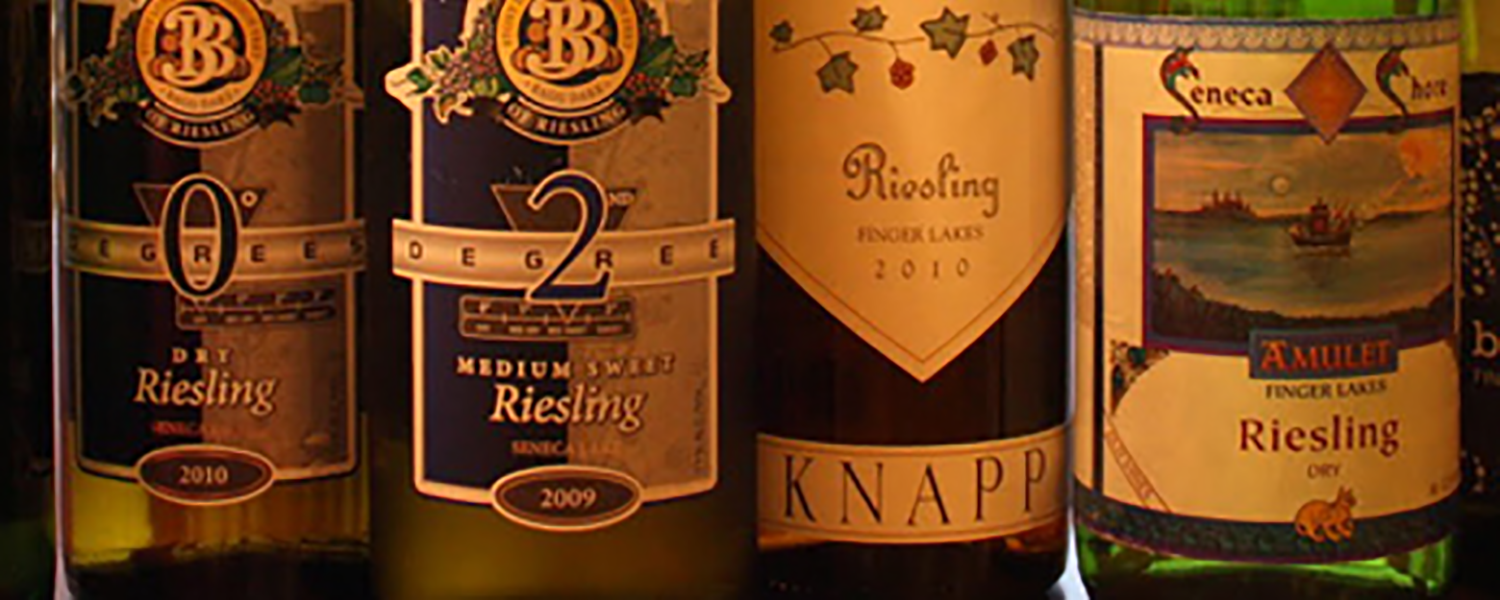
[bctt tweet=”“When restaurants carry local wine, local wineries benefit.” – Michael Warren Thomas #podcast”]
There are a couple bigger far more important things that I didn’t realize one of them until somewhat recently. The second reason of these three is that tourists, visitors, and business people who come to our area have no idea they’re in a world-class wine region when they go into restaurants and there’s barely one local wine on the wine list and no one seems to be that proud of it in many of the restaurants. Not all of them, but most of them. We’re missing an opportunity to promote a wine region in our restaurants.
The biggest thing that has really struck me over the last couple of years since New York Wine Spotting was launched, that we’re fighting these legislative and environmental battles in the Finger Lakes right now with a landfill in Seneca Falls which wants to remain open forever accepting 6,000 tons of trash a day and is owned by a billion-dollar company, I think they’re from Texas maybe or Canada. We also have gas storage issues down in Seneca Lake and the industry, the wine industry, and environmentalists have been fighting that for six years trying to keep another Texas company from expanding gas storage into a gas storage capital of the Northeast that they are hoping to develop. We have these very risky businesses that are looking to expand that have nothing to do with the wine industry.
In fact, they put our whole region at risk for a bunch of reasons. It sounds maybe a little simplistic, but if our local wines were on wine lists around the state like they are in Spokane and in Albany where our legislators work and many of them live there. The opportunity to win these battles, to put a limit on this landfill, to stop the expansion of gas storage on Seneca Lake. We have a much better chance of winning those if we had a better perception of a power within the state. When those wines can’t really be found on the wine list, the importance of wine in New York State is diminished. It’s an incredible economic engine, especially the Finger Lakes.
The governor seems to know that and has been investing in it, but we are fighting these really huge turning points in the history of the Finger Lakes if this gas storage is allowed to continue and if the largest landfill in New York State avoids the shutdown date that they originally agreed to, which is 2025. We are putting our region at risk and if we have, again something as simple as wines on a wine list, there’s incredible power in that I believe. It’s going to change, we’re not going to remain the only wine region in the world, the only significant one, that doesn’t feature its own wines. That will change, but I just want to change it faster.
Yeah. I hear you on that one. I think that’s an interesting perspective because a couple of things that you said. First of all, you’ve mentioned that we are a world-class wine region. I do want you to share some of your knowledge about the wineries in the region and the types of wines that we’re well known for, beyond of course the Riesling. I want you to talk about the fact that we are a world-class wine region and the experience that a visitor might have when they come here. They may come actually because they know we are a world-class wine region and they want to go to the wineries and a lot of visitors come just for that experience, but then to go into the restaurants and not see our wines on the list is a missed opportunity, and it does maybe send some mixed messages.
And then I find it interesting — I know the two issues that you mentioned are definitely contentious and highly political in nature — but then how your view of having a stronger presence on local wine lists will actually remind those people who might be out making some of those policy decisions how important our wine industry is. And recognizing, rightfully so, that our governor is definitely hugely supportive of the wine industry as well as the craft beverage industry, but as always happens, there’s always these kind of competing interests that happen that have different types of effects. Using the wine lists in restaurants is one way to kind of showcase how strong this industry really is. I think it’s really, really unique.
The Benefits of Featuring Local Wine
I want to switch gears kind of a little bit. I still want to stay on this conversation about getting wines into restaurants, but you’ve been out on the street and I know that you were in Albany looking at their wine lists and you’ve been in other parts of the state just kind of looking at wine lists and trying to come up with a way to measure more broadly beyond just the Rochester region. Can you share some examples of restaurants who are actually standing out from the crowd in terms of what they’re doing and how they’re having some success with local wines?
Yeah. There are not too many examples in Albany, but there a couple really good ones in Rochester. In one of them when I was going to visit 120 restaurants, it was one of the last ones I went to. I wasn’t thinking about it as having a significant wine list. It was a restaurant I knew about, Simply Crepes, and I’ve been to the restaurant but it was one of the last ones I went to. It ended up being number one, initially having the highest percentage of local wines on the wine list. They’ve done a couple of things that I hope other places will follow at some point, and they should because, from talking to Pierre and Karen Heroux, the owners, since they’ve been doing some of these things they have higher check totals, they have higher tips. Those are things that restaurants generally like.
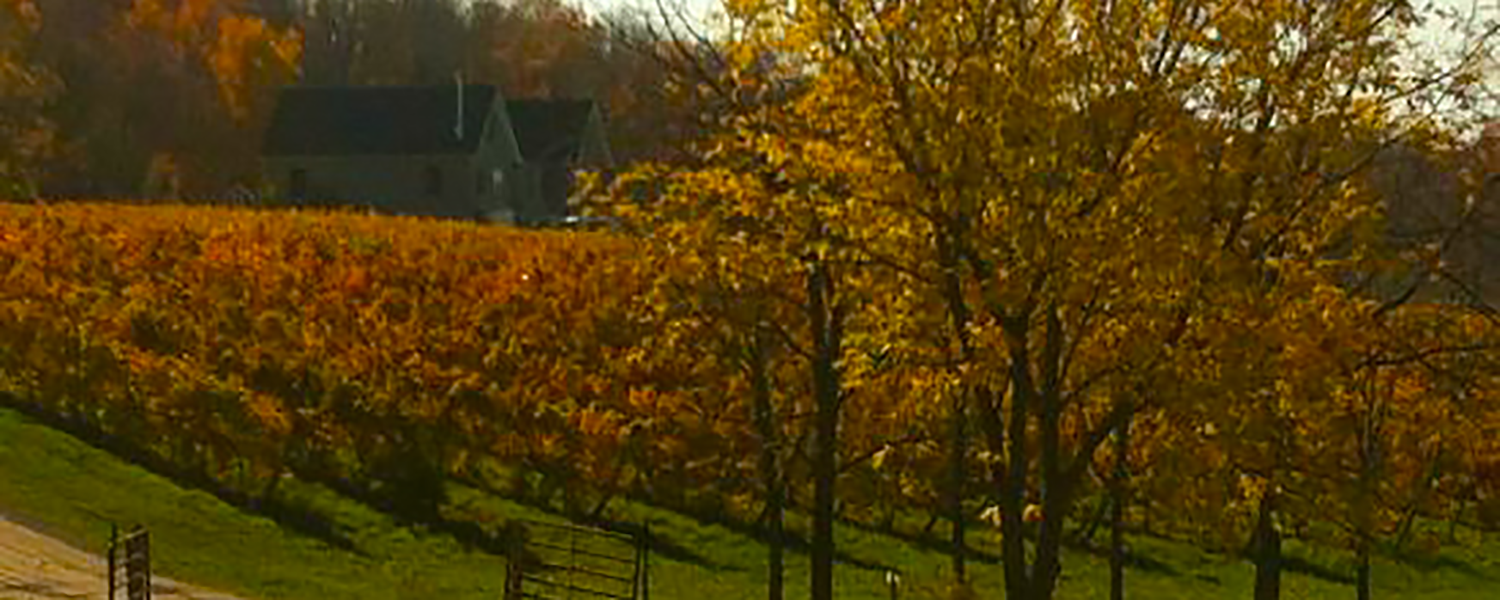
[bctt tweet=”“Visitors may not know the #flx is a world class wine region.” – Michael Warren Thomas #podcast”]
They’ve been offering a small sample of local wines to anyone that comes in for lunch or dinner, who’s over the age of 21. They don’t get donations from wineries to do this; they buy the wine from the wineries. Anyone who goes in there, maybe it’s someone visiting their child who’s at school or they’re a teenager just started at Nazareth, maybe they’re here on business and they go into Simply Crepes and they’re offered a sample of a local wine. They change that wine each month at Simply Crepes. Again they’re selling more wine, their tips are higher, they’re giving away a little bit of wine.
Again, everyone that goes in there knows and is kind of introduced to the fact that it is a wine region. We kind of take for granted that we know it’s a wine region, but a lot of visitors have no idea. They’re here for other reasons and maybe they’re canal enthusiasts and they’re in Schoen Place enjoying the canal. It’s really a model that any restaurant could follow and Simple Crepes has been doing it now for two years, maybe even a little bit more. At Brown Hound downtown, they moved from Naples down to the Memorial Art Gallery. They’ve always had Finger Lakes wines at their Naples restaurant, the Brown Hound Bistro, and now at the art gallery, they’ve got eight Finger Lakes wines. Four reds, four whites by the glass, and that’s seven more than most restaurants in metro Rochester have.
Yet again, there are these effects you don’t think about because the art gallery hosts a lot of events and the Brown Hound ends up catering those. The board of the art gallery and all kinds of other people come there for various reasons and are then introduced to local wines because the Brown Hound has this as part of their mission, local foods, and local wines. The impact goes way beyond just the people who come have lunch or dinner at the Brown Hound. All the events and things that happen that they end up catering there, the weddings, all kinds of things. Again, it didn’t occur to me initially until I realized the various people that come and end up at the art gallery for events. Those are two restaurants that I think they didn’t do it for marketing purposes, both of them have lots of local wines on their wine lists because they believe in the region. It wasn’t a marketing decision for them, it was a philosophy that seemed natural to them. We need that to grow to even more restaurants to show their pride in the region.
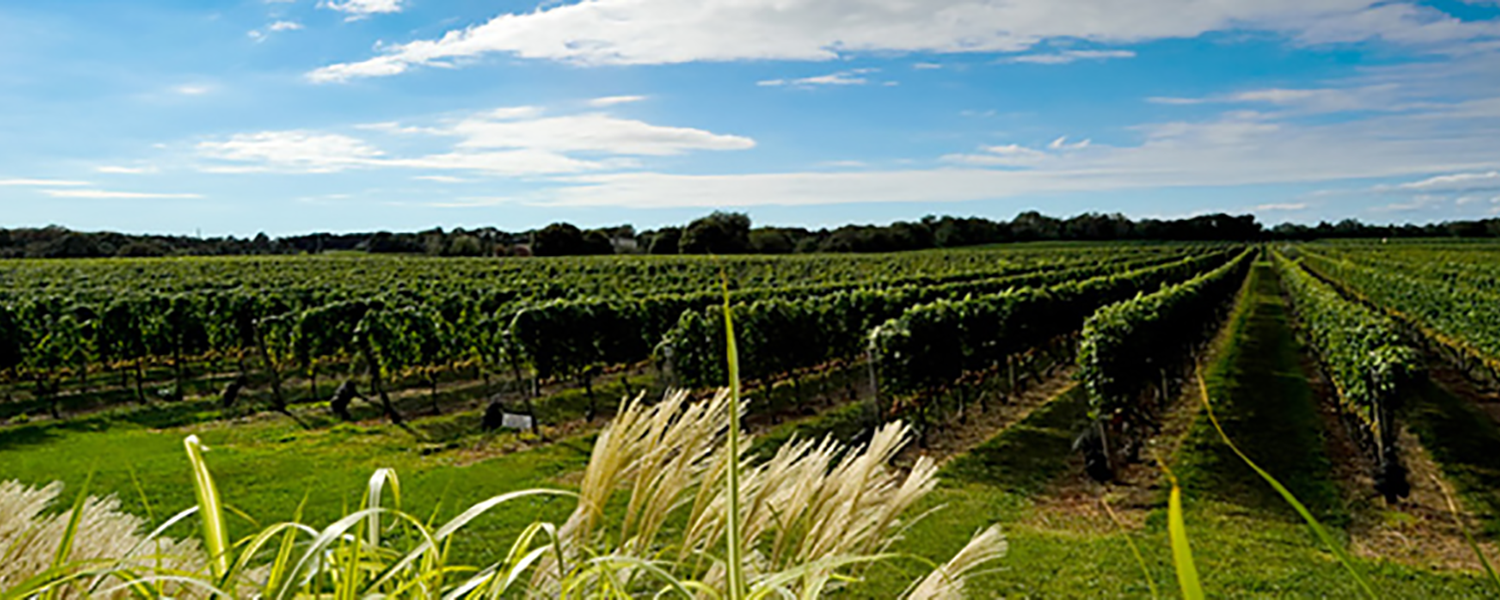
[bctt tweet=”“The impact of a restaurant featuring local wine goes far beyond its guests.” – Michael Warren Thomas #podcast”]
Yeah. Well, show their pride in the region, but also as you mentioned, it actually is helping them increase their bottom line if they do it right. I know some of the objections perhaps to a restaurant adding local wines to their wine lists might be the cost. They’re perceived as the bottles that they have to buy locally are more expensive than the house wines that they can buy through the distributors. Or they’re harder to get because they’re not with the largest distributor that’s calling on the highest number of restaurants, and so it takes more time to curate a list if you will. But these restaurants that you just mentioned are proving that it can work and that the extra effort actually does pay off. I think those are two really awesome examples.
How Wineries are Expanding Their Reach
Can you talk a little bit about the wineries and what they are doing to expand their reach into restaurants? Have you seen any really creative ways that wineries are getting out there more?
Yes and no. My impression is that a lot of the wineries have kind of given up on Rochester to some degree. They’ve been trying to get sales and it just hasn’t made a big impact. They’re selling a lot in New York City, and maybe that’s partly because there’s a higher per glass price that they can get in New York City. Maybe it’s the Samaria’s in New York City are excited about local wines, more excited than a lot of our local restaurants here in Rochester are. New York City has been a great market for Finger Lakes wineries, and some of them have been invested in having a local salesperson to augment what the distributor does because distributors really just take orders, they’re not going to be selling your wines.
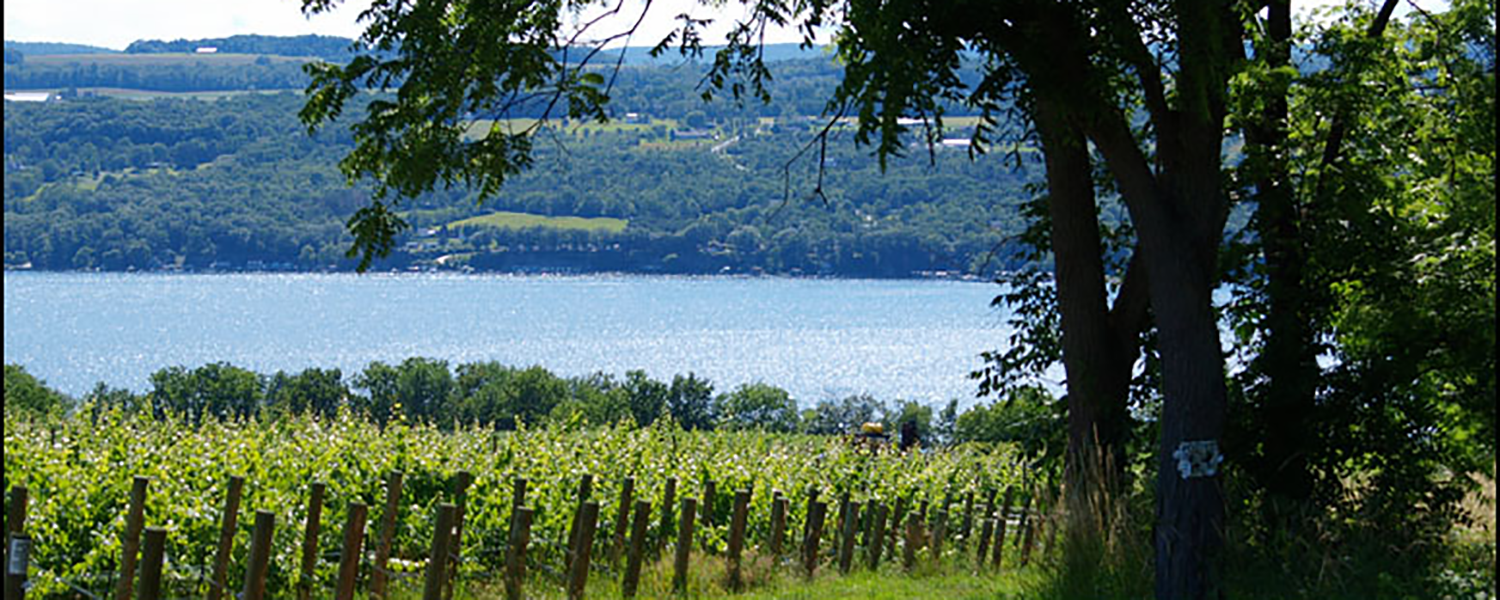
[bctt tweet=”“New York City has been a great market for Finger Lakes wineries.” – Michael Warren Thomas #podcast”]
They have 1,000 wineries in their book, or hundreds at least of wines. Some that get bonuses for selling, some they have quotas they have to meet in order to keep that winery as a customer. Those are generally large California wineries that might have a quota that the distributor has to meet. Those are the wines that the distributor’s selling, all the others they’ll take orders for. A winery really needs to have kind of an outside sales person who is visiting the restaurants, visiting the wine shops, pouring wines. Wineries like Fox Run have been doing that, Fox Run Vineyards. But they also are thinking outside the area and actually have developed a great following in Alberta, Canada of all places. The west coast of Canada and Fox Run Vineyard’s Chardonnay is one of the key wines for their annual Calgary Stampede. They’ve helped bring other Finger Lakes wineries into Calgary and into Alberta also.
Some wineries are working locally, but they’re also thinking further afield and Forge Cellars is actually sold in 24 countries. There’s Finger Lakes recently now in 24 countries, and there are many Finger Lakes wines actually in other countries. That’s the biggest international distribution yet, and a sign of what’s coming. Again, I think on our local scene, the restaurants don’t realize, I think, that they’re too busy running the restaurant to get out and visit the wineries. They don’t realize what the wineries are doing. I’ve been in Chicago for one day in the last three years, and that day there was an article on Finger Lakes wineries in the Chicago Tribune on Red Tail Ridge, and then were just articles in Tampa Bay in Florida and LA Times last week about Finger Lakes wines.
The wineries are looking further out than our area, and I think if the local restaurants want to carry them they need to be more active and not wait for the wineries to come to them. Also, one of the newest wineries, Agness Wine Cellars — Randy Agness he doesn’t have a tasting room and only is now in his second vintage. He’s been very aggressive in visiting restaurants and things like the Rochester Rhino’s and Rochester Red Wings to get his wines into sporting venues. Again, he’s thinking beyond just restaurants, which is a very creative idea and he’s had a lot of success, partly because other wineries aren’t going there.
Right. I think that’s actually a really good point. I actually want to highlight several things that you talked about. In terms of looking at that experience and when you were talking about the Brown Hound restaurant that’s in the Memorial Art Gallery and how it’s not just about the people going to the restaurant. It’s this kind of ripple effect that happens because the Brown Hound is servicing such a broader audience within that venue. And so kind of piggybacking off of that and thinking about the sporting venues and what kind of an impact you have there with a very diverse audience that might be attending those events and kind of helping to raise awareness of what’s available here locally. I think those are two really great examples.
The other thing I wanted to key in on is what you said about the New York City wine lists. It had just momentarily slipped my mind, but it is true, I go to New York City frequently for both business and personal reasons. My mother lives there so I end up there several times a year, as well as for business. Pretty much any restaurant I go into I can find New York State wines. I know part of that has to do with an initiative that the New York Wine and Grape Foundation has been spearheading for years, called New York Drinks New York, and they’ve had success. I think it’s been slowly building. When you talk about Rochester restaurants or Albany restaurants or just New York State in a more broader view, we’re slowly building in the rest of the state as well.
There’s been a huge impact and a lot of headway made in New York City restaurants that absolutely will help New York State. We are definitely world class wines and can stand up to the rest of them. I think those are really great examples. And then calling out those press stories, those press stories really make a difference. You’re right, media in other regions of the country or the world are very interested in what we have going on here in New York State and in the Finger Lakes in particular when it comes to wine. All of those things kind of build the momentum for exactly what we’re talking about. I think those are really awesome examples.
New York Wine Spotting
Michael, I want to just talk a little bit about collaboration and kind of tie this back to our whole conversation about New York Wine Spotting because you’re one person out there on a crusade monitoring what’s happening in the restaurants, but it really isn’t just you all alone and there’s something I’d like to talk about in this podcast, which is collaboration or what I like to call coopetition. Where virtually you would perceive these competitors that might come together to cooperate and collaborate to do something that’s bigger than what they can do on their own. That New York Drinks New York program is a good example of that, but our New York Wine Spotting program is a great example of collaboration. Can you just talk a little bit about how that program, New York Wine Spotting, works? It’s not just the ranking list, and it’s not just the restaurants, it’s not just the wineries, it’s not just the consumers, it’s all of that that has to kind of work together. Could you take us a little bit down and deeper into why that collaboration is so important?
Yeah. For one thing, we bring different skills to it, which is part of the whole idea of collaborating. I was able to come up with the engine, as I call it, for rating and ranking restaurants, but I don’t have the graphics and brand skills that Break the Ice has, that you brought to it to really make this broader appeal and more staying power I guess. Collaborating on this, as you mentioned, we’re trying to reach a whole broad range of people. It’s kind of a multi-prong approach where we can’t just go to the consumers and say you got to ask for more local wines. You have to do that, but we also have to go to the distributors and say this is coming, these wine list slots are going to become more local, and you can be in front of that or you can lose some of those slots to a distributor who is seeing the future.
We need to go to restaurants and try and get them to ask for more local wines and put them on their wine lists. We need to remind wineries they need to visit the restaurants. Beyond that, they need their employees and everyone from picking grapes, to working in the tasting room, to their suppliers need to be reminding restaurants that they’re connected to the wine industry. I don’t think restaurants realize how big the industry has become and wineries need to do that. The media needs to be more aware of what’s going on, and again that’s where Break the Ice has those connections with the media. You also help set up some tasting events, there was a great one at the Revelry that brought other restaurants into taste local wines.
Again, in developing a collaboration, you need to look for people with complementary skills. In this case, we sort of fell into this together, luckily. I was not looking for branding and things at the time, I was just ticked off at restaurants. I had this ranking and percentages, but then what do you do with it? How do you leverage it? That’s where I should have been looking. Luckily perhaps it was you that contacted me because you had a couple clients who could benefit from the exposure. One of the advantages of this kind of ranking is it was the top of a very small heap as I say because no one had that many local wines. You could change your ranking dramatically just by adding a few wines, and you saw that.
One of your clients, Warfield’s, leveraged that and I don’t think they spent very much money. It was one of those cases where you can get a whole lot of publicity and spend very little money, maybe next to none to add or substitute local wines onto a wine list. Suddenly I’m willing to do all kinds of free publicity because Warfield’s made a statement that they want to carry more local wines and change their wine list. There’s this misnomer that you need to spend a lot of money to get publicity, and actually, you need to be creative. I don’t know when it came to you that Warfield’s could move up that much in the wine list ranking and just sort of a late night thought or something as you were driving Nicole?
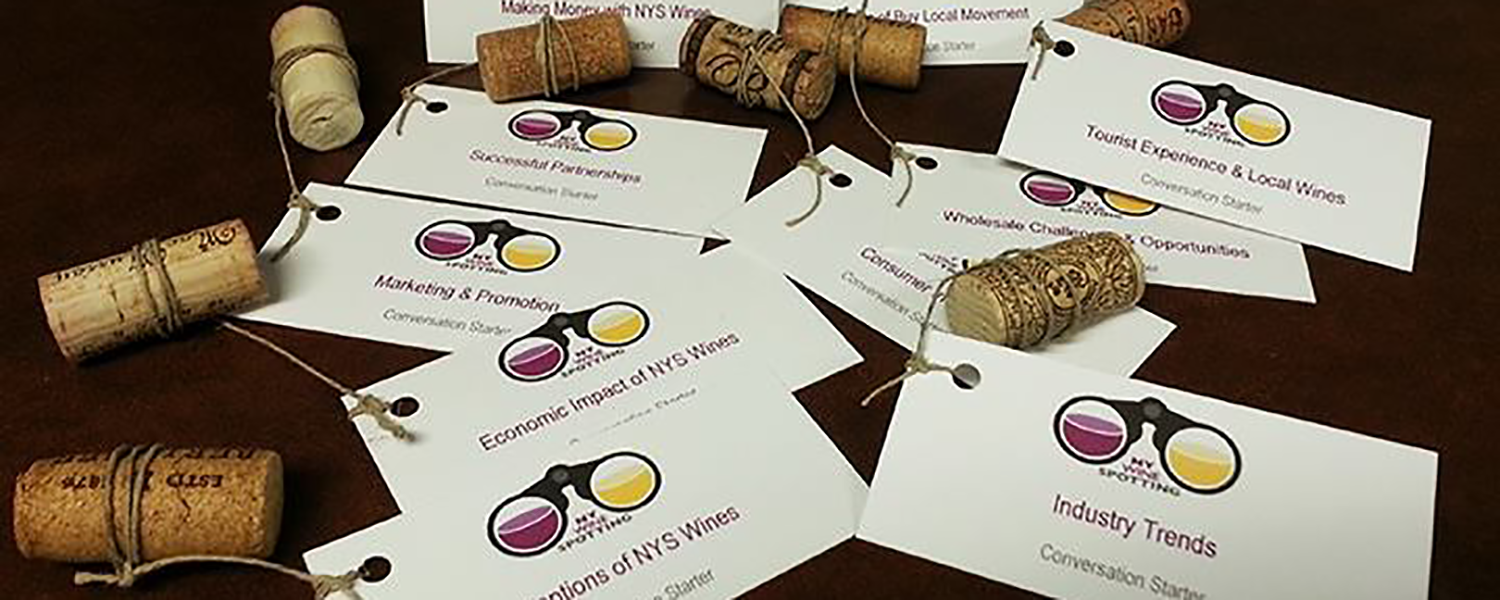
[bctt tweet=”“Getting publicity doesn’t require lots of money. Just be creative.” – Michael Warren Thomas #podcast”]
It could have been. Well with an average of 7%, which in most cases for restaurants is just one wine, you add a few more wines and you can move up your list pretty quickly. I think we had recognized that early on. Another part of it is, and Warfield’s and many restaurants you mentioned Brown Hound and others, use local ingredients and create menus either seasonally or sometimes more frequently than that, that they can get around them. In the case of Warfield’s at the time they were very focused on fresh and local ingredients. It just seemed a bit of a no-brainer so to speak for them to move their way up the list and use that also as an opportunity for publicity. I think that that’s a really good point as well, not only are you helping the bigger picture, helping your bottom line, but you’re also able to leverage that and get some exposure for it, so all around.
For our listeners I just wanted to mention the website that we created with you nywinespotting.com where there’s all kinds of information about this program. But in particular, if you look at the wine spotters section, you can actually print off drop cards that you can leave behind. Or if you are so inclined you can print stickers that you can put on your bill after you’ve eaten at a restaurant, basically encouraging restaurants to put more New York wines on their wine list. They really need to hear from their customers to say listen we will buy local wines, we want local wines. We understand that local wines are going to make our dining experience better. They pair really well with the foods that you’re serving. These are a couple ways that you can do that.
There’s also a guide that, it’s the Finger Lakes edition, but it really can work for any region within the state, that talks about what you can do with social media to also encourage restaurants. The ones that are serving the wines as well as kind of controlling those that aren’t to add more. Some pretty great tools there. Michael, I’ve really enjoyed our conversation. I always love to talk to you about this project, and in particular about New York State wine, which I happen to love myself. Are there any final words that you would like to share with us before we sign off for today?
No, just watch out Albany restaurants because I’m targeting Albany next. I’ve got the data and it’s our state capital, that’s where a lot of our state tax dollars go, dollars that the wineries collect and send it to Albany. This kind of thing can be done in any community in New York State, and I hope that people will get proactive about our local industry. Not just wine but agriculture and things made in New York State in general. Thank you for all your help with it over the last four years.
Well, thank you, Michael. We’ll look forward to watching those wine lists change over the next few years. Thanks for being with me today.
Thank you very much.
Ways to contact Michael:
- Website: savourlife.com
- Facebook: www.facebook.com/michaelwarren.thomas
New York Wine Spotting:
- Website: nywinespotting.com
- Facebook: www.facebook.com/nywinespotting
- Twitter: @NYWineSpotting
- Instagram: @NYWineSpotting
We value your thoughts and feedback and would love to hear from you. Leave us a review on your favorite streaming platform to let us know what you want to hear more of. Here is a quick tutorial on how to leave us a rating and review on iTunes!

